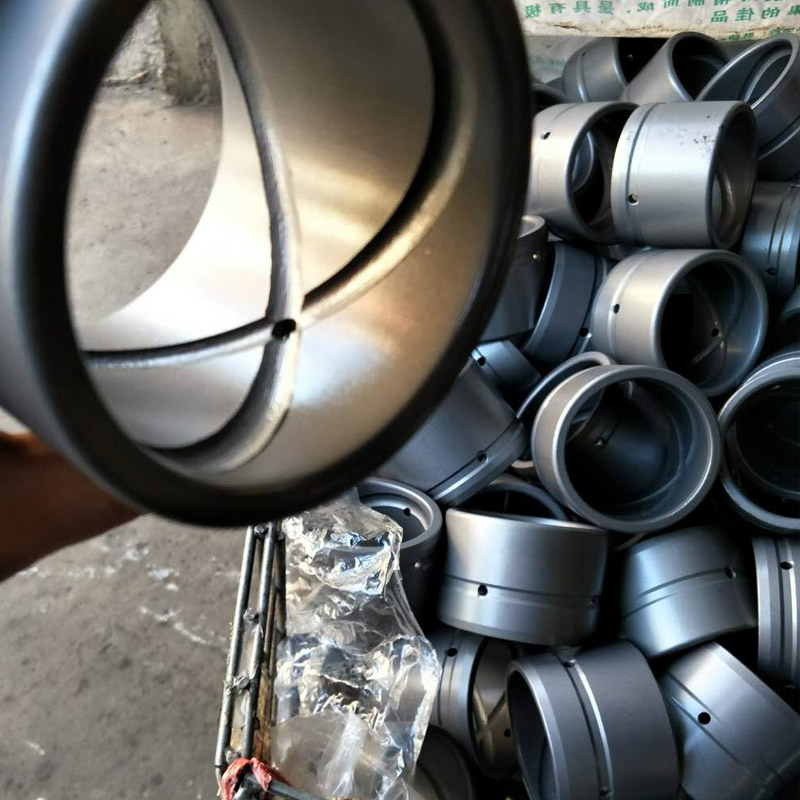Do you still feel headache on choosing best quality of excavator bucket pins and bushings?
Don’t worry, the excavator bucket pins and bushings produced by our company has high hardness and long service life. You pay attention to the below points when installing and using, which will prolong its service life and reduce loss.

Bucket Bushings are forged by 40Cr alloy steel after quenching low temperature tempering and high temperature tempering, they have good comprehensive mechanical properties.
The steel hardenability is good, good working performance, after heat treatment with high strength and impact toughness and other mechanical properties, it is the heavy duty equipment industry connecting rod, pin shaft common using materials. The hardenability of steel can be significantly enhanced when nickel and chromium elements are used together. while nickel has a good strengthening effect on ferrite, so the steel can have high impact toughness.
Therefore, the low alloy structural steel with chrome-nickel, the main alloying element is mainly used for large section, high load and impact parts. especially for the impact load parts under low temperature. Low carbon steel, alloy steel and general cast iron can be carburized or high frequency treatment. according to the different steel alloy elements, carburized the surface hardness value also different, can make the workpiece has high wear resistance, its core and external maintain high strength and toughness.
The wear history of bucket pins are mainly consist of three stages as below:
1. running-in stage: Grease should be added in the run-in stage of the bucket bushings. Too much or too little oil injection will affect the establishment of the balance roughness of the bucket pins, and then affect the service life of the bucket pins.
2. abrasive wear stage: The working environment of the excavator is dusty and clay, and the structure of the excavator bucket pins and bushings are simple, the axial and radial clearance is relatively large, and the abrasive particles such as sand and soil are easy to enter the contact area of the bucket shaft hole, scratch the surface of the parts, and form abrasive wear.
3. bonding wear stage: After a long time of abrasive wear, the hardened layer begins to fall off, and the lubrication effect decreases. A long time of heavy load causes a large tangential force, which makes the adsorption film break, and the new surface after wear directly contact with the bonding phenomenon. The appearance of bonding wear marks the end of the bucket shaft life.

There are more upper hinge points in the working device of excavator, and the relative rotation between the bucket pins and the bucket bushings and large load transfer during the work. The reasonable choice of the space between the bucket pins and the bucket bushings directly affects the reliability of the excavator. If the space is too small, stable lubricating oil film can not be formed, resulting in direct contact between bucket pin and bucket bushings, causing heating and wear, and even dry grinding, holding and fracture; If the space between pin and bushing is too large, the contact stress between pin and bushing increases, affecting the service life of pin and bushing.